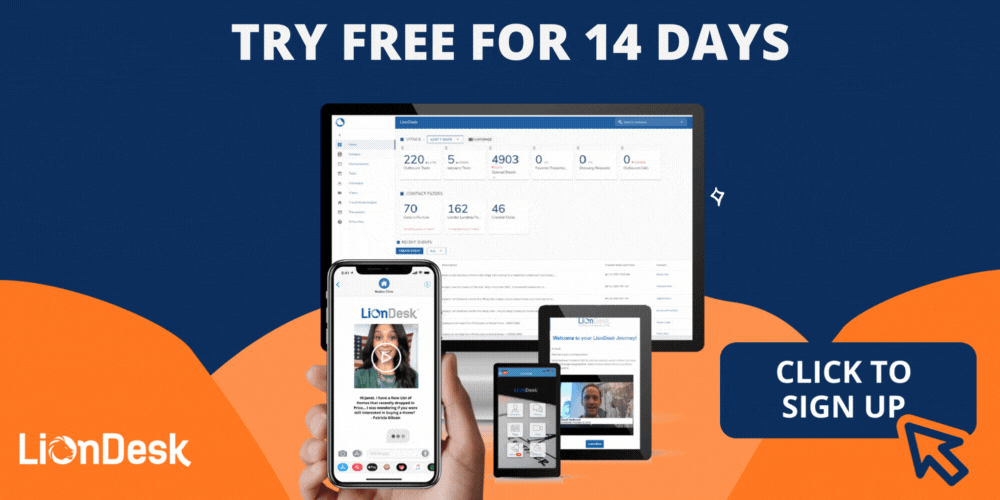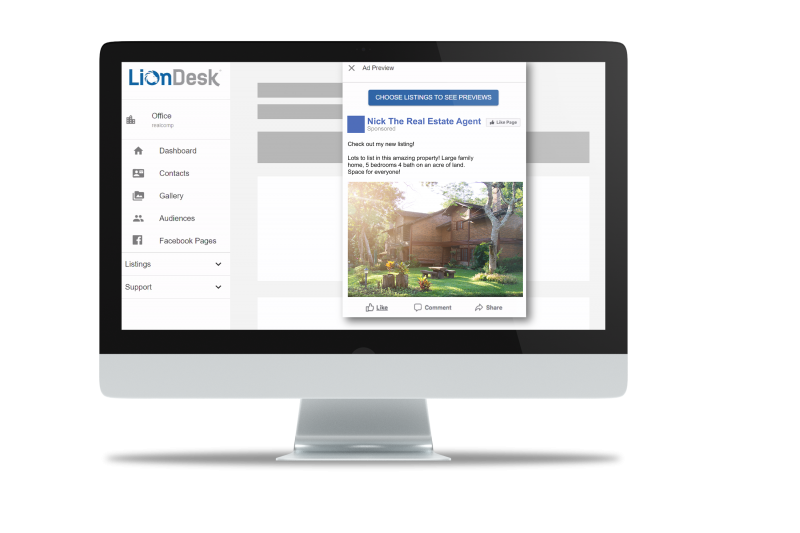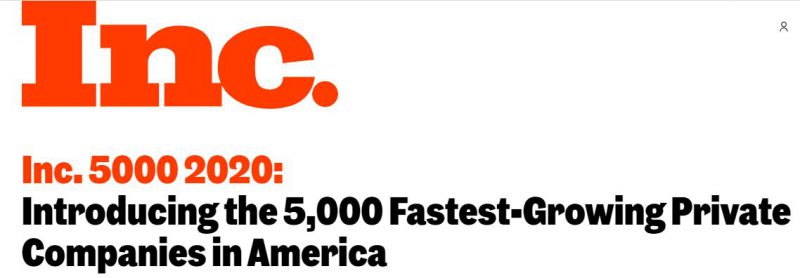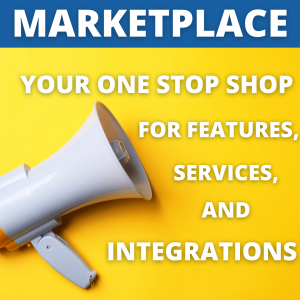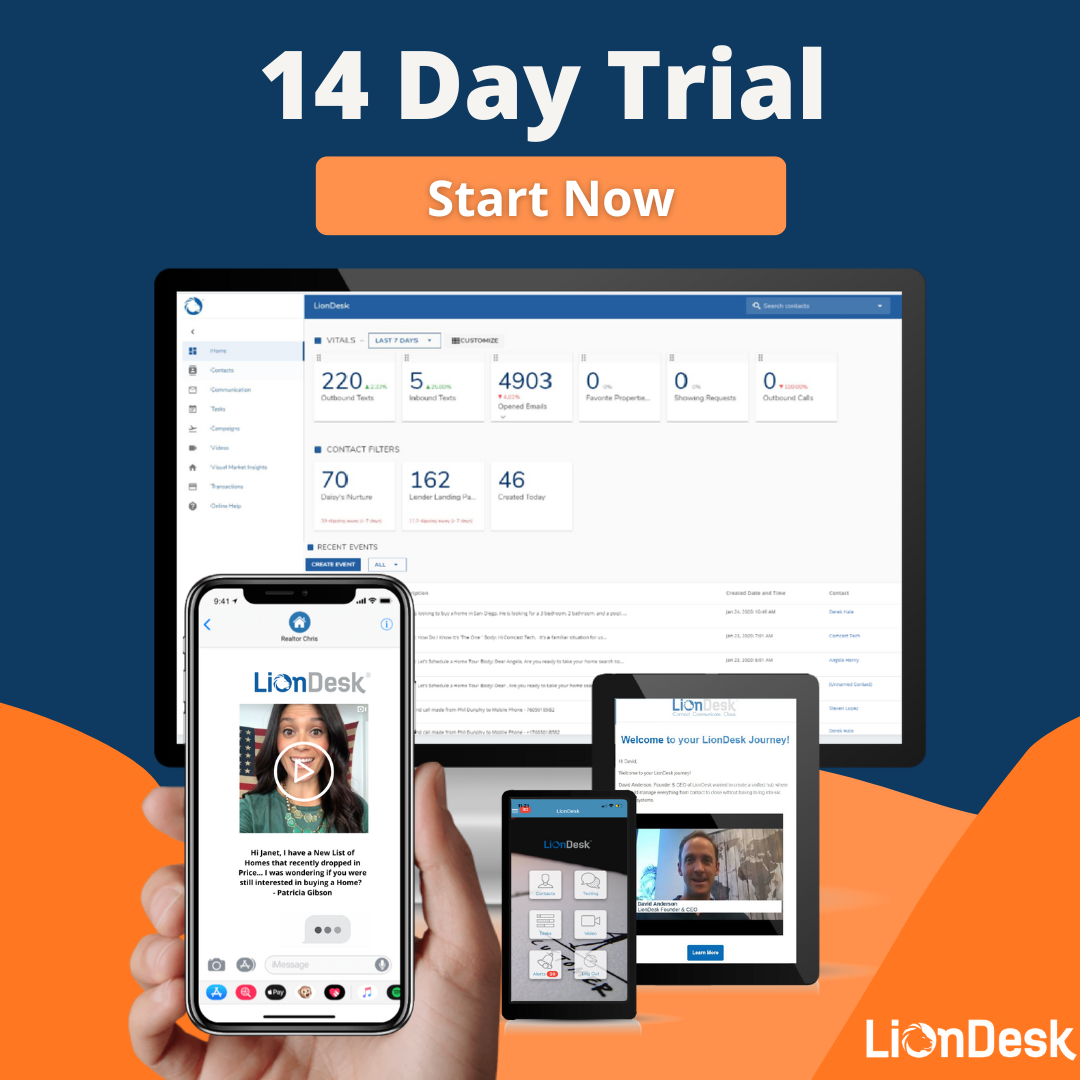
If you’re a real estate, mortgage, or small business professional, we don’t doubt that you’ve heard about the marketing concept of lead generation, or “lead gen.”
Although it might seem like marketing jargon, lead generation is the “bread and butter,” so to speak, of any business out there.
It’s what keeps your business going, but what exactly does lead gen mean?
Don’t worry if you’re wondering the same thing, we’ve heard it so many times before and we’re here to help you navigate this subject.
By the time you’re done with this article, you’ll be on your way to generating more leads with ease!
Understanding Lead Generation
Lead generation is a BIG topic, jam-packed with a lot of marketing speak and complex information.
To make this easier to digest, let’s start by defining some of the key terminologies we’ll use throughout this article.
What is a Lead?
One of the most important terms you’ll see in this article is the word “lead.” For real estate, mortgage, and small business professionals, the exact meaning of lead can vary, but here is a general definition:
A lead can be defined as a prospective client or sales contact. It is anyone in your database which you may potentially work with in the future.
Although often thought of as new business, a lead can also be a past client who might be in the market for your services again in the future.
For example, in the world of real estate, a person who sold their house five years ago may be in the market for a new home again in the future. This person could be a potential buyer, seller, or both!
To keep your pipeline full, it’s necessary to have leads consistently coming into your business.
What is Lead Generation?
Now that we understand lead, the next important concept to understand is lead generation.
In the simplest terms, lead generation is the process of identifying and obtaining contact information for potential prospects.
Why is Lead Generation Important?
When we talk about filling your pipeline, lead generation is the basic strategy used to do just that.
Lead generation is SO IMPORTANT to real estate, mortgage, and small businesses because it allows you to:
1) Identify prospects
2) Obtain prospective clients’ contact information
3) Qualify your new prospects
Creating Your Lead Generation Strategy
With these definitions in mind, let’s get into how to create a lead generation strategy. Like everything in the world of digital marketing, your efforts are most effective with a clearly defined strategy that takes you from guessing and wondering to data-driven action.
Phases of Lead Generation
Although lead generation is a gigantic topic, we can divide it into four typical phases which all real estate, mortgage, and small business professionals go through with their leads.
Phase 1 – Lead Capture:
In this phase, you identify and create a way to collect information from your lead. This could be a newsletter or blog sign up form for a simple form, or a “contact us” form that asks for more information.
Typically, you want to capture the leads’ first name and email address. You may want to take this a step further to add optional fields like the last name, phone number, the preferred method of contact, income, job title, etc. But remember, the longer the form, the less likely people are to fill it out, so choose your fields sparingly.
Additionally, those in real estate, mortgage, or small businesses may want to add additional custom fields, such as Current or Desired Location, Income, etc.
Phase 2 – Lead Magnet:
A lead magnet is used as an incentive to encourage a prospect (so someone whose contact information you don’t yet have) to become a lead. It gives the lead an enticing reason to give you their contact information. We get into some details and examples further down!
Phase 3 – Lead Qualification:
Once you’ve gathered a prospects’ information, the lead qualification process begins. This is the process of determining how likely a prospect is to become a client.
This can be done through qualifying conversations, or automated lead scoring based on certain contact patterns and buying signals (e.x. if most of your clients fit into a certain income bracket and this person does too, they are most likely qualified) – Don’t worry, we discuss this in more detail later in the post
Phase 4 – Lead Segmentation:
Now that you’ve gathered your prospects’ information and qualified the lead, the next step in your lead generation strategy is segmentation. Segmentation involves creating unique lists of contacts based on certain criteria.
For example, if you’re a real estate agent, here are a few ways you may want to segment your email list:
- Buyer
- Seller
- Past client
- Location — neighborhood or community
- Price range
- Income
- Preferred home style
- Criteria for future home (e.g., good school district)
- Age
- Team members
- Other agents
- Title Reps
- Appraisers
- Loan Officers
For more information about segmentation, check out this article, Discover Hidden Profits with Email List Segmentation.
Types of Content for Lead Generation + Lead Magnets
Now that we’ve identified key definitions, let’s dive into phase 1: lead capture and phase 2: lead magnet. These two phases work hand-in-hand. Think of phase 1 and phase 2, like peanut butter and jelly.
To capture leads, the most effective strategy is to provide an incentive. The incentive is your lead magnet.
When it comes to creating a lead magnet, the possibilities are pretty much endless.
Here are some of the most common types of lead magnets for real estate, mortgage, and small business professionals:
- E-book
- Guide
- Resource list
- Training video
- Checklist
- White paper
- Case study
- Expert interview
- Workbook
- Cheatsheet
- Handout
- Assessment
- Roadmap
- Newsletter
- And more!
WHEW! While there are probably more we can add here, our guess is that list gets your brain turning 😉
No matter which lead magnet you decide to use, it should always:
1) Solve a problem
2) Be a source of high value
3) Be a source of immediate gratification
Lead Qualification and Lead Scoring
Alright, the sad, but very real truth is… not all leads are created equal.
Lead quality and lead segmentation go hand in hand. But another common term in this area is called lead scoring.
Lead Scoring: Lead scoring is when you assign a prospect a point value based on their readiness to convert.
It helps separate the hottest (most likely to convert) leads from the rest of the lead pool.
When you think about lead generation, lead qualification should go hand-in-hand.
The Recap:
- Important definitions
- A Lead can be defined as a prospective client or sales contact. It is anyone in your database which you may potentially work with in the future.
- Lead Generation is the process of identifying and obtaining contact information for potential prospects.Understanding phases of lead generation.
- Lead Capture is when you implement a way to get a lead’s information into your system.
- A Lead Magnet is used as an incentive to encourage a prospect to become a lead.
- Lead Qualification is the process of determining how likely a prospect is to become a client.
- Segmentation involves creating unique lists of contacts based on certain criteria.
- Lead Scoring is when you assign a prospect a point value based on their readiness to convert.
- Understanding phases of lead generation and why they are important.
- Phase 1 – Lead Capture
- Phase 2 – Lead Magnet
- Phase 3 – Lead Qualification
- Phase 4 – Lead Segmentation
- Types of Content for Lead Generation + Lead Magnets
- Lead Qualification and Lead Scoring
Now that you understand the definition and basics of LeadGen, it’s time to put that new knowledge to work! Your mind should already be overflowing with ideas about Lead Gen, Lead Capture, Qualification, and Segmentation.
Don’t lose your momentum, we challenge you to begin putting this new knowledge into practice today.
Lead Gen Made Easy
If this post got you excited about creating a smart, efficient lead generation strategy that helps fill your pipeline, your next move is to implement a system that makes Lead Gen easy! That’s why we’d love to offer you a free 30-day trail of LionDesk.
This CRM and lead management system makes Lead Gen a no brainer, by offering you a way to organize your contacts and messaging, communicate with your leads, and have all the tools you need in one place.
We’re so much more than a CRM and we believe in changing the way you communicate with your database. Lead generation is our passion, and we’re here to help you!
Click here to start your trial.
